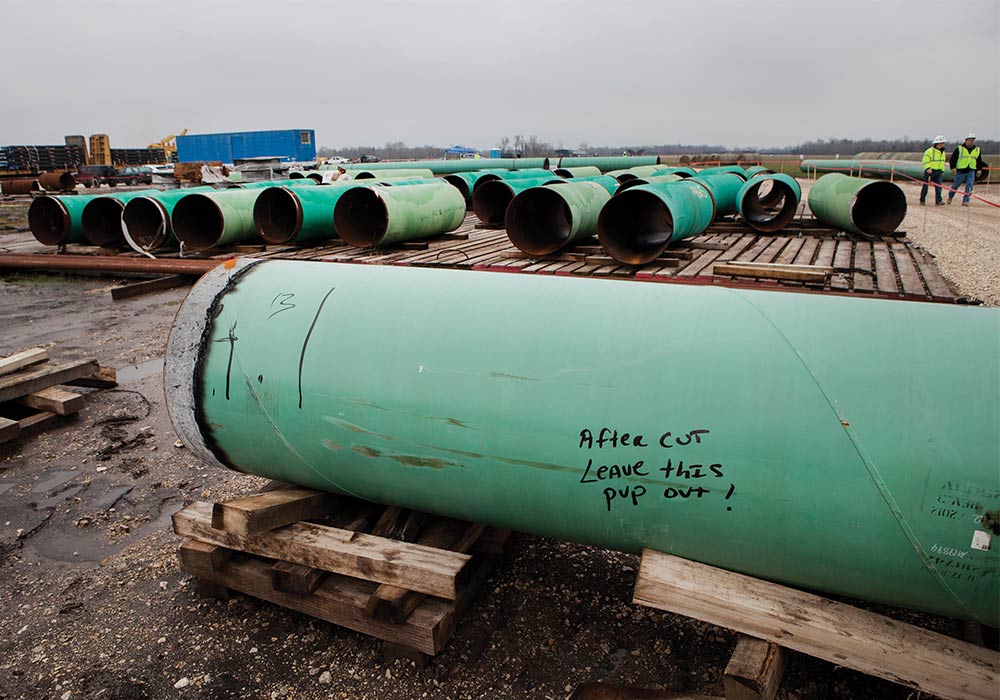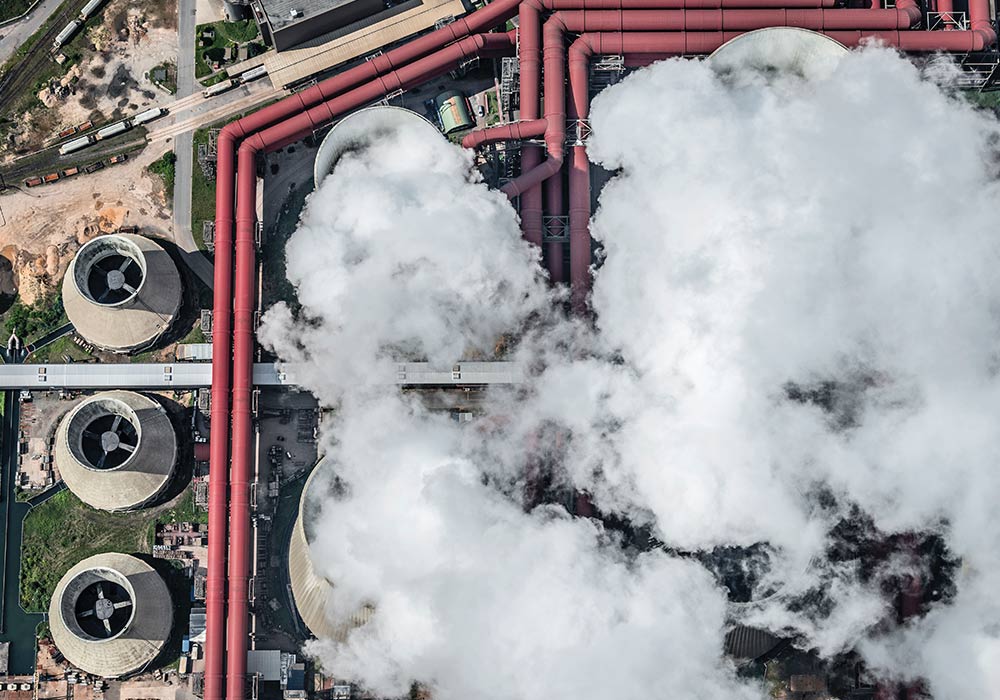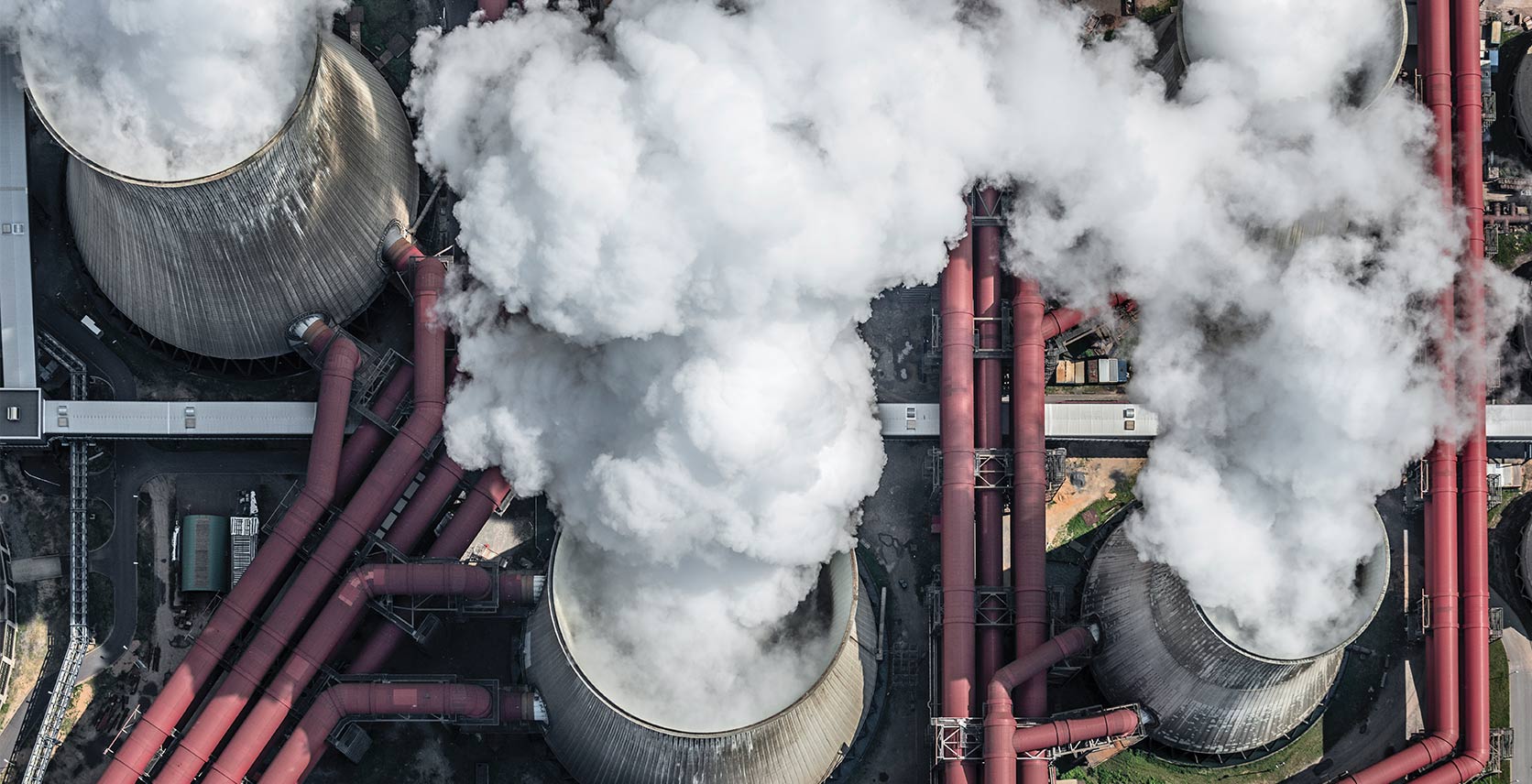How Pipelines Became the Unlikely Lynchpin of Modern Canadian Politics
In 2004, the pipeline company Kinder Morgan applied to the Canadian government to develop a project called Anchor Loop, a substantial expansion of its Trans Mountain pipeline. The new project would widen a bottleneck in the Rocky Mountains, increasing the flow of oil from Alberta’s oil sands to Vancouver by about 40,000 barrels per day. It meant laying 158 kilometres of new pipe through scenic Jasper National Park and Mount Robson Provincial Park. When the proposal came to the National Energy Board (NEB) for consideration, exactly four people appeared as interveners to criticize it. The project was soon approved and began shipping oil to the port of Vancouver in 2008.
Funny thing about Anchor Loop: if you’re not in the midstream oil business, this is probably the first time you’ve heard the name.
Skip ahead to 2013. Again Kinder Morgan files an application to expand its Trans Mountain pipeline, this time running a full parallel pipe next to the existing one. By the time it reached the NEB, the Trans Mountain expansion had attracted more than 400 interveners, and the board also received written submissions containing more than 20,000 technical questions about the project.
Same company, same route, same general purpose. But the new proposal inspired protests on Burnaby Mountain in suburban Vancouver and swayed the 2013 provincial election in British Columbia. Four years later, it has become a top-of-agenda political issue nationwide, creating divisions between parties and between the provincial and federal governments. In Canadian politics nowadays, stating whether you’re for or against the Trans Mountain expansion is shorthand for your commitment to taking action on climate change, environmental stewardship, and Indigenous rights. So what changed? How did this pipeline — and pipelines in general — become such a fundamental dividing line for Canadians?
…
There has always been a deep tension in Canadian society between the natural resource development at the core of our economy and our proud tradition of environmental stewardship. That tension has ratcheted up nearly to a snapping point over the construction of oil sands pipelines in the age of climate change.
When Rachel Notley’s NDP government unveiled an ambitious climate change package — including a carbon tax and an absolute cap on emissions from the oil sands — and Justin Trudeau’s federal government went to Paris as a vocal proponent of a new climate deal, environmentalists and climate policy wonks alike rejoiced. After a decade of variously dragging feet and knuckles in Edmonton and Ottawa, real action had arrived. But then, in the fall of 2016, Trudeau gave his government’s approval to the Trans Mountain project, and the debate — about the project, the environment, and the agenda of our new prime minister — came back to full boil.

Why did Trudeau say yes to Trans Mountain? The political calculus is pretty straightforward: the NEB approved it, the route is secured, and any remaining issues — between First Nations and the government, for example — are best handled in the courts, not in Parliament. Rejecting Trans Mountain would have made Trudeau many new enemies among the moderates that form a substantial plank of his political support, while winning only mild favour with an activist left that would never stick with him in the long run anyway. At the same time, it would have handed momentum to his right-wing opponents and turned his re-election into a much more difficult proposition. A bit of heat from environmentalists was worth it if it helped build the long-term support he needed to get real climate policies put (and kept) in place. This made him a traitor in anti-pipeline circles; it remains an open question whether it was the best call for his climate policy goals in the long haul.
…
The pro-pipeline argument is simple: Canada is a major oil producer. It will be extracting the stuff from Alberta’s oil sands at a rate of three million barrels per day — roughly three-quarters of all the oil Canada produces — by the end of this year, and it will continue to do so for at least another quarter century. The Trans Mountain pipeline can send hundreds of thousands of those barrels to Asian markets, where the rate of return on each barrel sold is much higher than selling all of it to the glutted U.S. market — $15 or more per barrel, according to industry leaders, which would mean billions in additional annual revenue for the 600,000 barrels per day Trans Mountain would carry. (Overall, Canadian crude oil pipeline capacity is currently at about four million barrels per day.)
Pipelines don’t increase production levels by themselves — prices do most of that work — so blocking an approved pipeline merely obliges the industry to ship by train, which is less safe and more expensive. Even if you think the industry needs to be wound down as fast as possi- ble, it still makes sense to maximize the return on what’s already been invested, especially since a portion of that return goes to governments in the form of roy- alties and taxes that can help provide the capital to build that next-generation low-carbon economy.
So goes the industry’s case, which the Trudeau and Notley governments more or less endorse.
As for the case against, the main reason pipeline projects are so high on the national political radar is because they have become a proxy for the larger debate about what Canada intends to do about climate change in general. Opponents of the Trans Mountain expansion argue that it will add millions of tonnes of car- bon dioxide per year to the planet’s car- bon footprint. Estimates range from 90 to 110 megatonnes per year, which has led activists to argue the project could have a climate impact greater than all other fossil fuel use in British Columbia (which emits around 63 megatonnes per year).
“Whatever impact the Trans Mountain expansion has on Canada’s overall carbon footprint, it will be nowhere near as large as the size of its symbolic impact on the national political debate about climate change.”
This is all true on the face of it, but also misleading. B.C.’s carbon footprint figure counts only the fossil fuels burned in the province, as is standard in such measurements. The 90-plus megatonne figure includes all life cycle emissions — from the moment it’s dug from the boreal forest of northern Alberta until it coughs out some car’s tailpipe. You could just as arbitrarily pin millions of tonnes of CO2 on southern Ontario’s manufacturing sector for all the automobiles it makes.
Looking only at emissions created in expanded oil sands production directly attributable to new pipelines, University of Calgary economist Trevor Tombe estimates that about 10 megatonnes of emissions per year would be prevented if there are no new pipelines of any sort built to export bitumen to tidewater. The climate case against Trans Mountain also presumes that every single one of those 600,000 new barrels of oil sands production would not have been extracted in the absence of the pipeline and that the only way they can be stopped is by blocking pipeline projects. But when oil was at $100 per barrel just a few years ago, pipeline bottlenecks didn’t keep bitumen from getting to market — it simply went by train at a premium. Similarly, the $50-per-barrel doldrums that began in late 2014 triggered a de facto moratorium on new capital in- vestment in the oil sands with an efficiency that not even a daily protest of millions for weeks on end could hope to inspire. What’s more, Tombe estimates that reducing emissions by pipeline protest costs as much as $2,000 per tonne (due to increased shipping costs and lost revenues from slightly reduced overall production), while the same tonne could be prevented with a carbon price of just $50 per tonne.
There’s no question that the Trans Mountain expansion will help encourage growth in the oil sands. But the extent of its impact on Canada’s overall carbon footprint will be nowhere near as large as the size of its symbolic impact on the national political debate about climate change.
…
Still, there’s nothing new about opposition to the oil sands’ outsized environmental footprint. Canadian environmental groups have been critical of the oil sands industry since it started to boom around the turn of the millennium. The real momentum behind the anti-pipeline movement emerged from the total failure of the Copenhagen climate summit in 2009, and it started with the desperation of American environmental activists.
With international climate treaty talks stalled and the Obama administration’s climate plans derailed in Congress, American environmentalists went hunting for a new way to mount a climate change campaign — a target that was specific and easy to pin down, like the efforts to save whales and rainforests that the movement had grown up on. They found their target in a 2011 letter NASA climate scientist James Hansen wrote to his colleagues. Hansen, who’d given the very first congressional testimony about the climate threat back in 1988, wrote about a pipeline project called Keystone XL, which TransCanada PipeLines planned to build in order to move 800,000 barrels of Alberta bitumen from the Canadian prairie to the Gulf of Mexico. If such unconventional resources were unlocked, Hansen warned, it would be “essentially game over” for climate action. Author and climate change activist Bill McKibben repeated Hansen’s alarm call in an open letter of his own, in which he urged mass civil disobedience in front of the White House to pressure Obama into rejecting the Keystone XL proposal. “The Keystone pipeline,” the letter read, “would be a fifteen hundred mile fuse to the biggest carbon bomb on the continent, a way to make it easier and faster to trigger the final overheating of our planet.”
By August 2011, anti-Keystone protest was the new front line in American climate activism. In addition to national groups like McKibben’s 350.org, regional environmental organizations from the Atlantic coast to the Pacific Northwest turned their attention to Alberta’s “dirty oil” and the infrastructure being built to transport it.

In Nebraska, Indigenous activists joined ranchers to oppose Keystone. Grassroots groups in South Portland, Maine, came together to oppose the reversal of an existing pipeline that would bring oil sands barrels to the local port. In Idaho and Montana, activists blockaded the streets of small towns where enormous trucks were passing through with oil sands processing gear headed for northern Alberta. Along the way, Keystone XL be- came not just a single project but a central symbol of the whole climate change fight, the carbon bomb’s fuse that must never be lit.
The opposition to Keystone XL brought a new sense of purpose to Can- ada’s environmental movement as well. It soon found multiple Canadian targets for protest, as pipeline companies raced to find ways to get oil from the booming oil sands to tidewater. Proposals include Enbridge’s Northern Gateway, which would take oil from Edmonton due west to the north coast of British Columbia, and TransCanada’s Energy East initiative, which involves converting existing natural gas pipes to carry oil from Alberta to Quebec. But Kinder Morgan’s Trans Mountain proposal has become the most volatile flashpoint for Canada’s pipeline politics.
On the face of it, the Trans Mountain proposal looks like the least likely controversy magnet of the bunch. It follows the most direct existing route from the oil sands to a coast. The rights-of-way have been in place since the 1950s. The pipeline arrives at a port in a major city that already ships hundreds of thousands of barrels of oil by tanker daily (not to mention massive quantities of coal, sulphur, potash, and a range of dangerous chemicals).
Timing, though, is everything in politics, and the Trans Mountain proposal hit the public agenda in the midst of a provincial election in British Columbia, amid a rising tide of opposition to the arrogance of Prime Minister Stephen Harper, his allies in the oil business, and all things oil sands. Then-B.C. NDP leader Adrian Dix’s flip-flop from tepid approval to outright opposition to Trans Mountain midway through the 2013 election race was the fulcrum in his campaign’s switch from certain victory to catastrophic defeat. The following year, as Kinder Morgan began preparation work on Burnaby Mountain, the project became a protest flashpoint, inspiring civil disobedience by activists, Indigenous leaders, and even the mayor of Burnaby. After a new NDP government in Alberta and the dawn of Justin Trudeau’s sunny ways in Ottawa in 2015 — and now the B.C. NDP’s improbable rise to power — the Trans Mountain debate has only grown more heated.
The conflict shows no signs of abating. Pipelines may not actually decide Canada’s climate fate, but the debate over them may prove to be the decisive political battle over how we respond to climate change for years to come.










